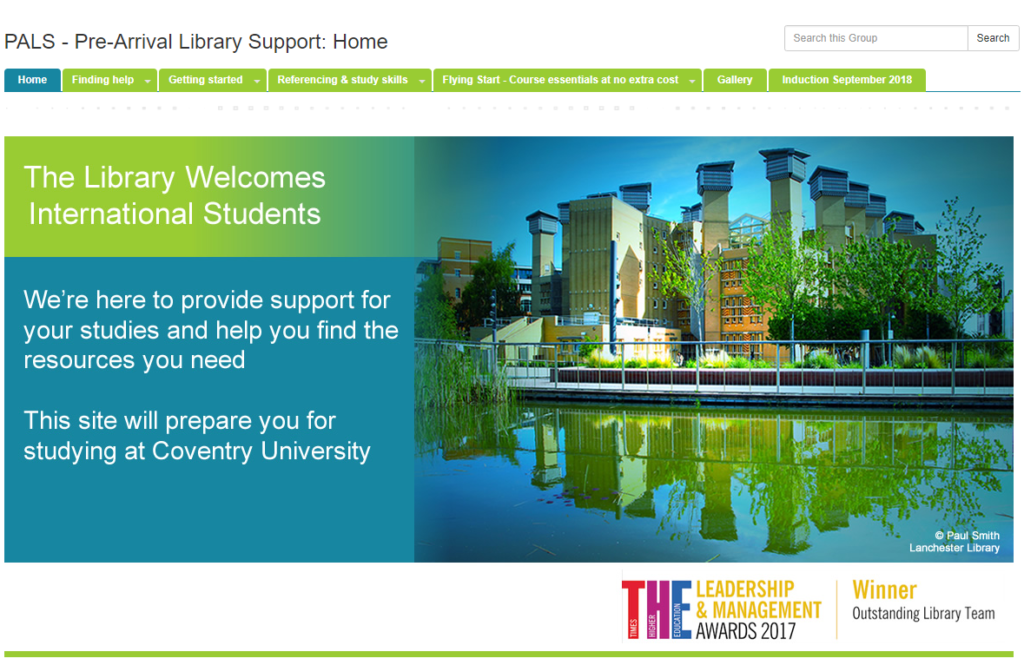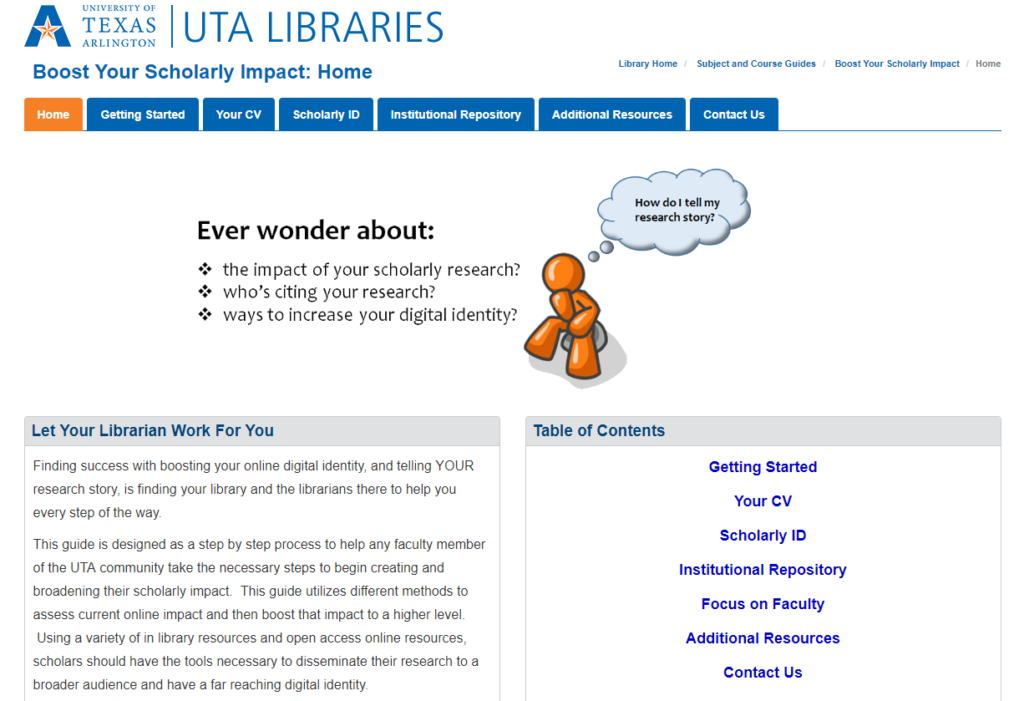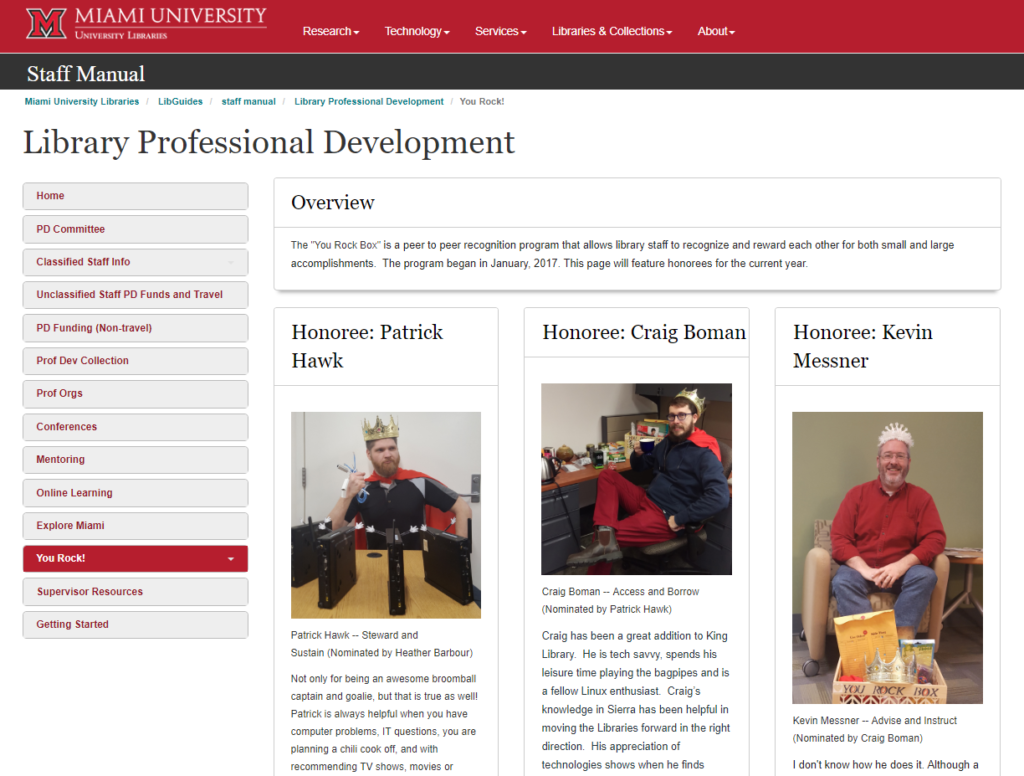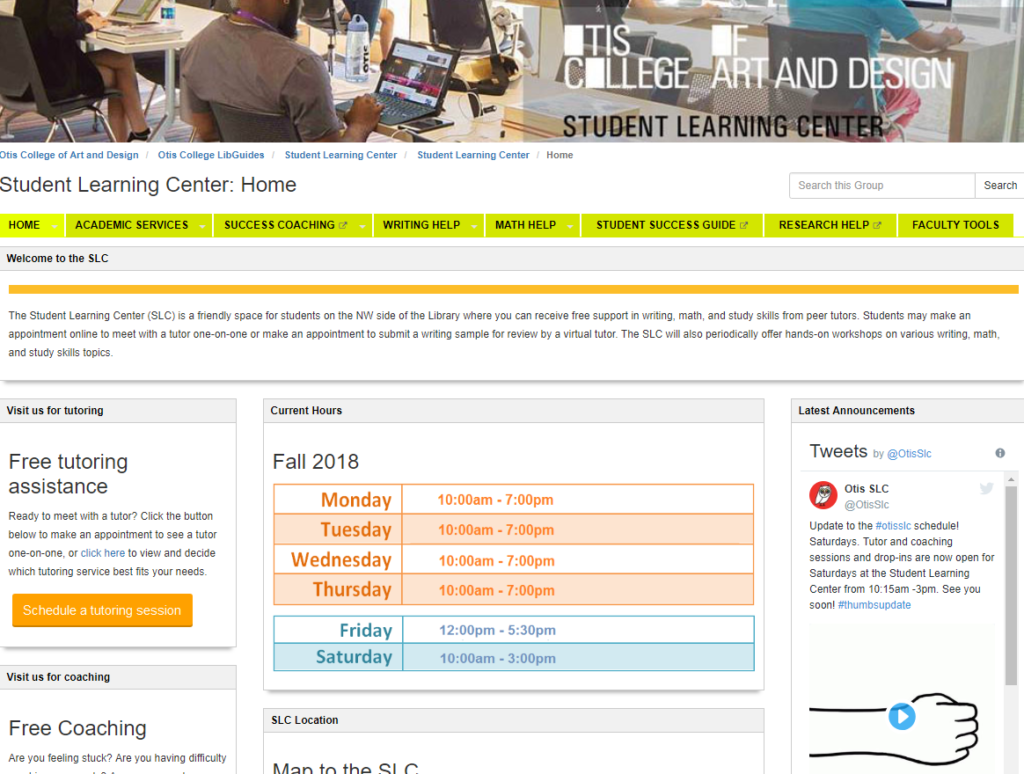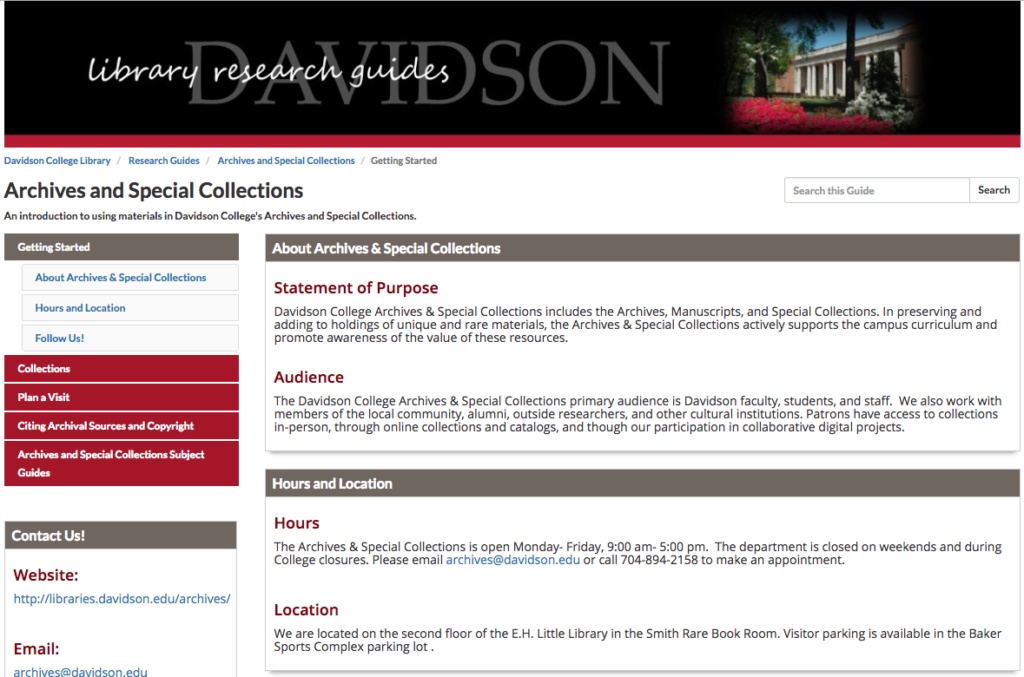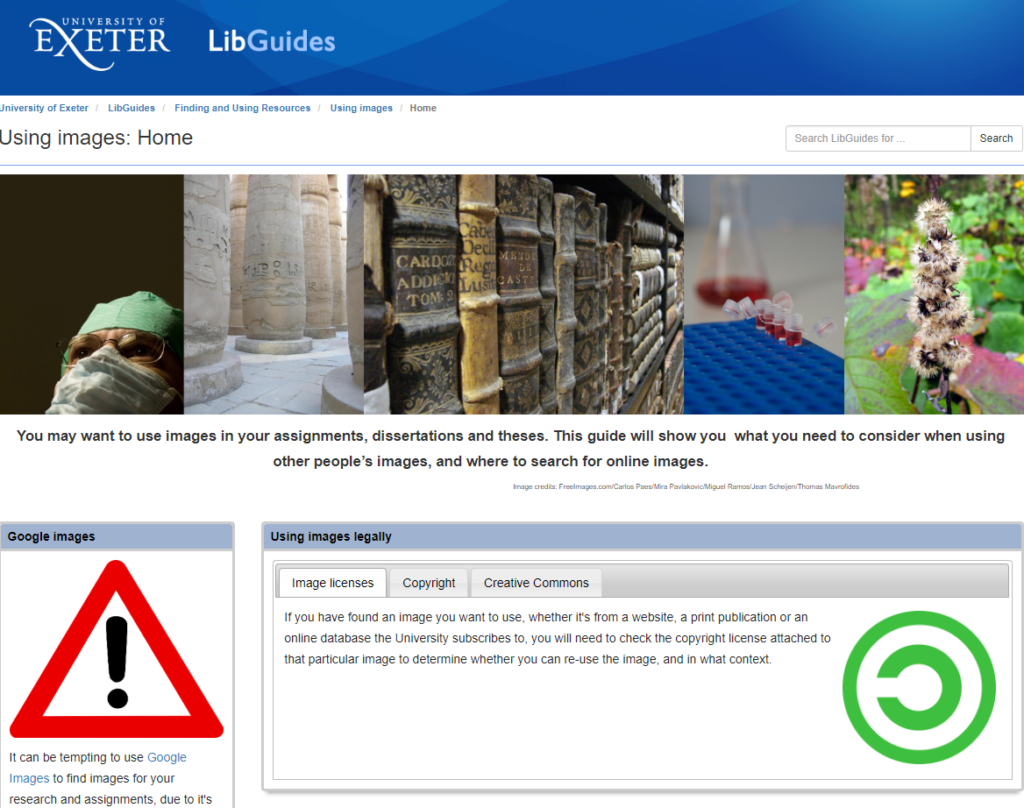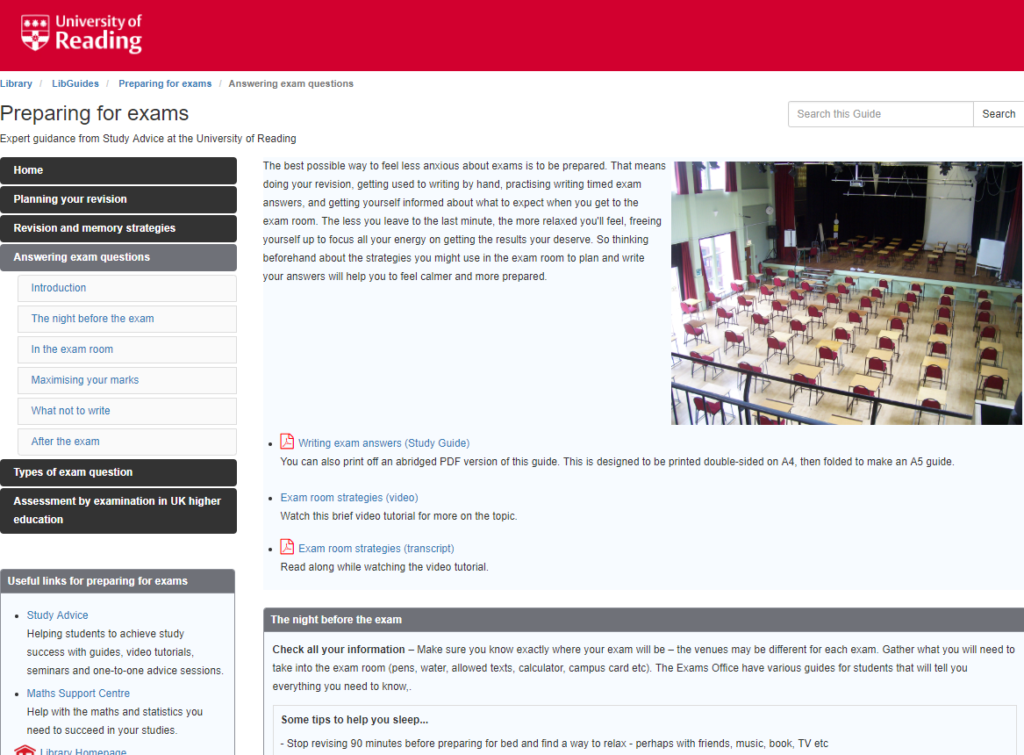For Academic libraries, this time of year is exciting as the physical and virtual campuses are brimming with students and faculty. Your Library Orientations are in full swing. Your Social Media efforts are kicked into high gear as you promote your services. You’ve got to remind everyone that you’re there! As you do this, it’s a good time to have a look at your LibGuides.
If you’ve had LibGuides for a while now, it’s highly likely you have the essential guides built and they’re ready for your users. But there’s a chance that even your library could add some guides to your “to-build” list when you see what some other institutions are showcasing.
What Are Some Essential LibGuides?
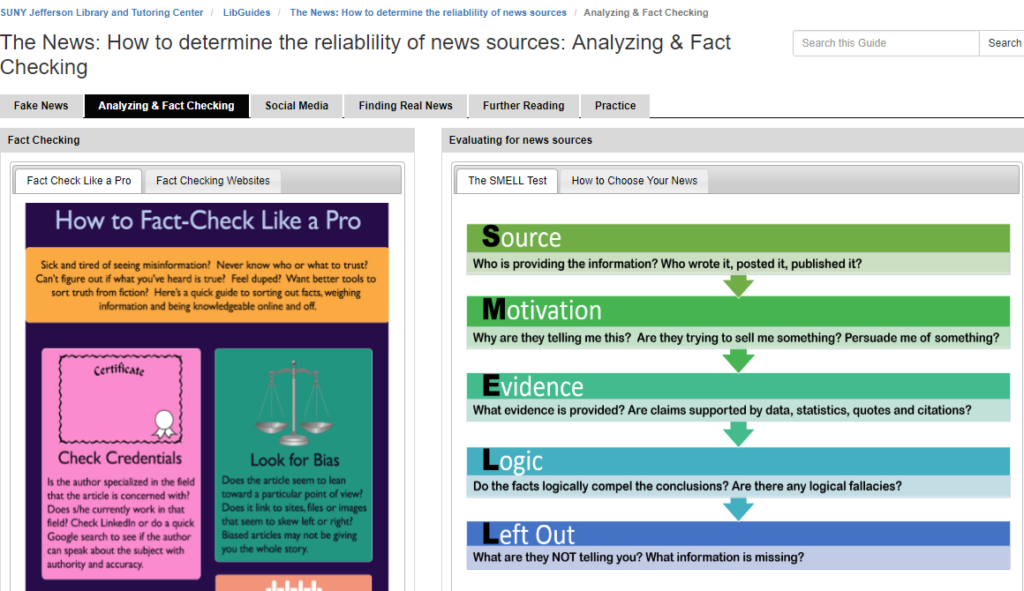 Springshare has a bird’s eye view of the guides that exist in the community and we have consistently seen some staple topics.
Springshare has a bird’s eye view of the guides that exist in the community and we have consistently seen some staple topics.
It’s always a great idea to have guides addressing:
- How to use the library
- Subjects like Philosophy
- Specific courses like ENG 101
- Resources for Research
- Avoiding Plagiarism
- Citation
- Reliability of News Sources
As you see these topics, they probably make absolute sense to you. If you are new to LibGuides, remember we have free training and free support, if you have questions. Plus, you have access to the LibGuides community where you can see examples of such guides.
Put Your Best Guide Forward.
If you have these guides already built, why not check the stats on them? It’s a great way to keep the guides fresh and exciting. What should you be looking for?
- Which guides are most popular? Perhaps your patrons like the way it flows/looks. Make future guides with this in mind.
- During which time of year are they visiting the guides? Maybe the timing coincides with orientation, exams, large projects or your instruction sessions with classes.
- Are there books or links or any content that show a lot of clicks? Perhaps they’re being recommended or they have good descriptions, etc.
- Are there content items that have little or no clicks? Could these benefit from different placement on the page or better descriptions? Or, maybe it’s a good idea to replace them with new items that you have because people aren’t interested in them.
It’s a perfect time of year for refreshing your LibGuides with new resources you may have acquired since you first built them or to hone what’s there based on what you glean from the historical data.
Must-Have Guides That May Surprise You.
So what kind of content is out there that you may not have thought to make, yet? Here are some examples that might inspire you and your team.
You can build guides focused on serving specific subsets like International Students or Graduate Students.
Many libraries are creating LibGuides for Professional Development on topics like integrating intersectionality into library instruction and programming or on how to make PowerPoint presentions more captivating.
Focusing on faculty, there are guides on keeping your research current and on boosting your scholarly impact. Another excellent idea for internal purposes is to use LibGuides to provide a place to recognize each other.
When you’re building LibGuides for your students, think about specific resources that are available to them like the Student Learning Center or Archives and Special Collections and let LibGuides be the vehicle you use to introduce them to what they can find there.
Finally, put yourself in their shoes. What are the skills they’re trying to advance? What are the challenges they’re gearing up to face? Check out these examples on using images and prepping for exams. You can build LibGuides on any subject. Be creative, devise a way for your students and faculty to submit suggestions or requests — and have fun!



